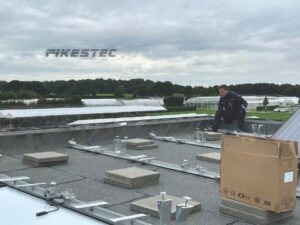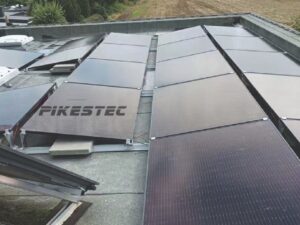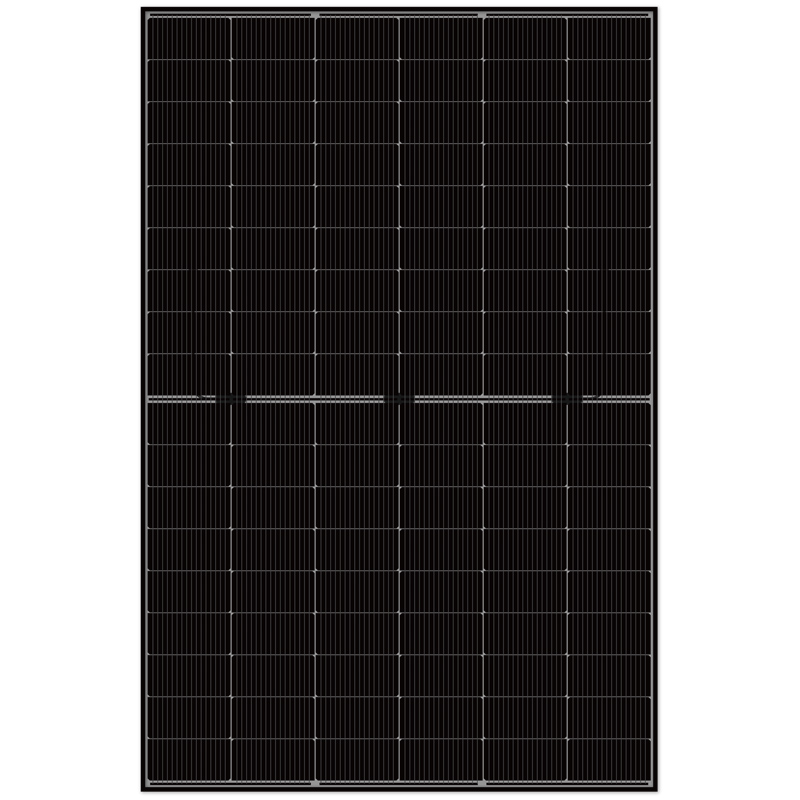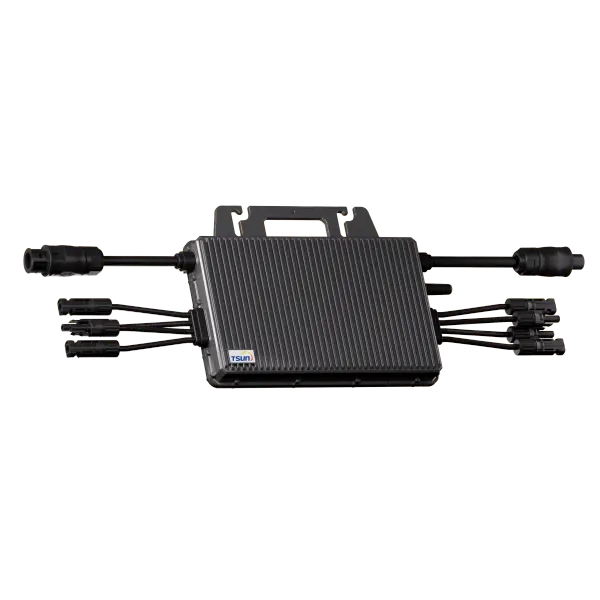Germany Launches 12 kW East-&-West Ballasted-PRO Solar Project on Flat Roof
Germany has kicked off a new rooftop photovoltaic installation with a capacity of 12 kW, employing the innovative East-&-West Ballasted-PRO System on a flat roof. The installation marks a strategic step forward in distributed solar generation and roof-utilisation efficiency, while showcasing modern mounting solutions including advanced päikesepaneelide klambrid and ballast-based systems.
Why a 12 kW Scale with East-West Orientation Matters
In the context of Europe’s energy transition, smaller-scale solar installations are gaining importance. A 12 kW rooftop system offers flexibility and rapid deployment, enabling building owners to take advantage of self-consumption and to hedge energy costs. Using an East-West layout instead of the classic South orientation delivers more continuous generation across the day, smoothing out peaks and improving self-use—ideal in times of rising electricity prices and increasing demand for energy-autonomy.

Technical Overview of the Ballasted-PRO System
The Ballasted-PRO mounting system is designed for flat roofs, and when oriented East-West it offers several key advantages:
-
Non-penetrative installation. No need for expansion bolts or chemical anchors into the roof membrane, thus maintaining roof waterproofing and integrity.
-
Built with high-quality aluminum and stainless steel components (e.g., aluminum extrusion AL6005-T5, SUS304 fasteners).
-
A tilt angle optimized for East-West orientation (e.g., ~10°), thus better capturing morning and afternoon solar irradiance rather than concentrating purely on midday.
-
Integration of päikesepaneelide klambrid and rails to securely clamp modules and resist wind loads, especially important in rooftop settings.
-
Maximal utilization of flat roof area: by orienting modules east-west, more rows can be fitted, increasing installed PV quantity without oversizing tilt or height.

Implementation & Expected Benefits
For the German project:
-
The rooftop was surveyed for structural load-bearing capacity, and ballast trays were applied instead of mechanical fixings, protecting the roof cover.
-
Modules were mounted using the Ballasted-PRO system, with rails connected into a unified structure, featuring clamping brackets and anchors.
-
By orienting East and West, the system is expected to deliver a more even generation profile across daylight hours, boosting self-consumption and reducing reliance on grid import at peak times.
-
Using modern päikesepaneelide klambrid enhances durability, simplifies maintenance, and ensures long-term stability under wind and snow loads (relevant even in Germany).
-
Although 12 kW is modest compared to large utility-scale arrays, at a time when rooftop space and building-integrated photovoltaics are becoming crucial in Germany’s energy mix, this project serves as a replicable model.

Strategic Fit with German and European Renewable Goals
Germany is committed to expanding on-site solar generation and achieving higher levels of building-integrated PV. Projects like this one:
-
Contribute to decentralised energy generation and reduce peak grid demand.
-
Enable building owners to harness clean electricity and reduce carbon footprint.
-
Set a blueprint for scaling similar installations across commercial/industrial flat-roof portfolios, especially in the East-West ballasted configuration.
-
Align with policy trends emphasising self-consumption, carbon mitigation, roof-utilisation and minimal structural impact mounting systems.
Given increasing awareness in Germany of rooftop PV and innovations in mounting systems (non-penetrative, East-West orientation, ballast systems), this project is timely.
Challenges & Best Practices
Some challenges and how they were addressed:
-
Roof structural analysis: Because ballast systems rely on friction and weight rather than penetrate fixings, detailed static calculation is essential to ensure modules won’t shift under wind.
-
Ballast weight & wind uplift: The East-West orientation helps resist wind loads, but design still must check wind tunnel or code-based uplift criteria.
-
Roof waterproofing and interface: Using foam or EPDM underlays between rails and roof to protect roofing membrane and compensate for uneven roof surfaces.
-
Maintenance access: Allowing spacing for cleaning, servicing in roof layout design, and ensuring brackets/clamps remain accessible.
-
Monitoring & yield tracking: Essential to verify that the East-West orientation yields the expected performance and that mounting system works long-term.
Outlook & Future Expansion
This 12 kW East-West Ballasted-PRO system in Germany is more than one installation—it is a demonstration of how modern mounting systems with päikesepaneelide klambrid and flat-roof ballasted design can unlock rooftop potential. As German companies, landlords and industrial parks look to maximise solar on flat roofs, this model will likely be replicated.
With Germany’s increasing push for building-integrated PV, efficient rooftop utilisation, and rising energy costs, we anticipate many more projects of similar type—modest capacity individually (e.g., 10-50 kW) but collectively large scale. The combination of East-West layout, ballasted system, and advanced brackets makes this approach attractive for both capex and ongoing operability.




